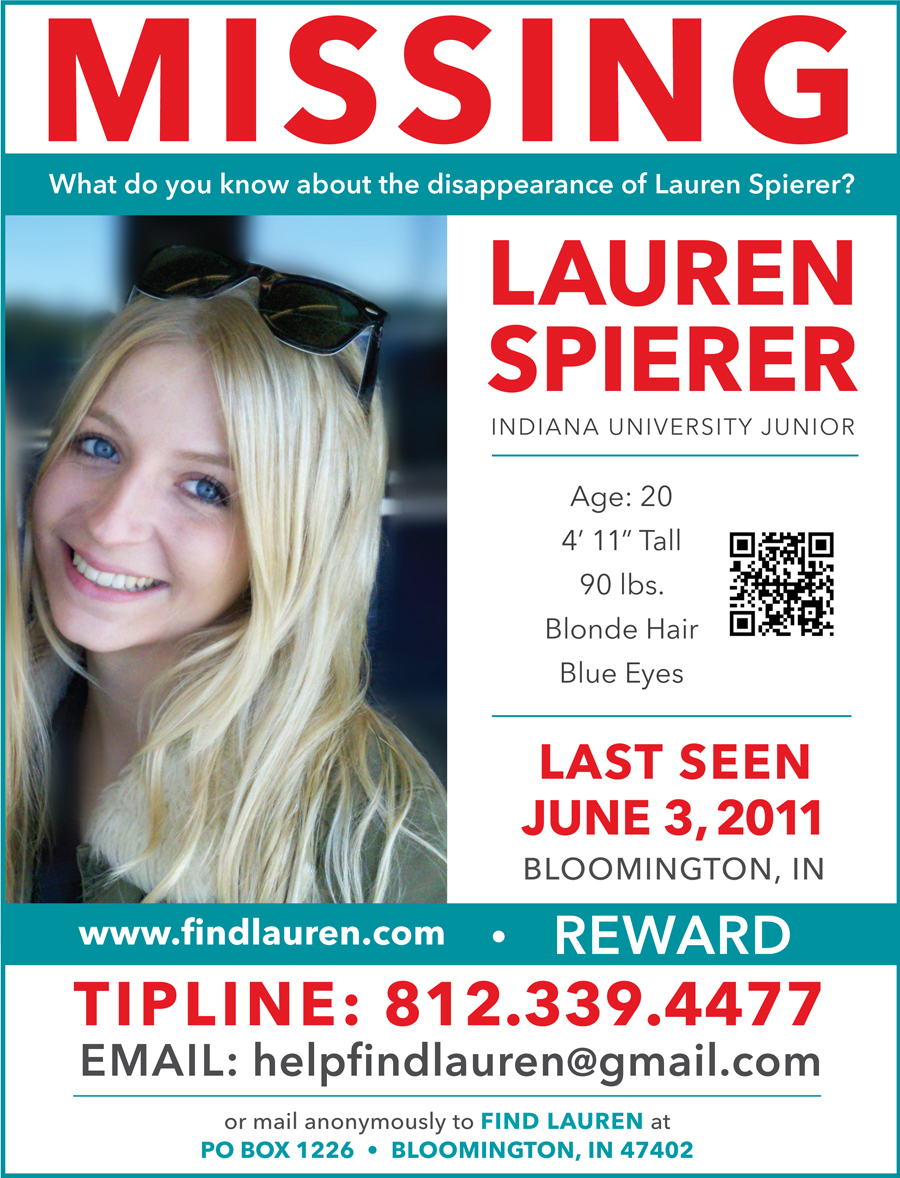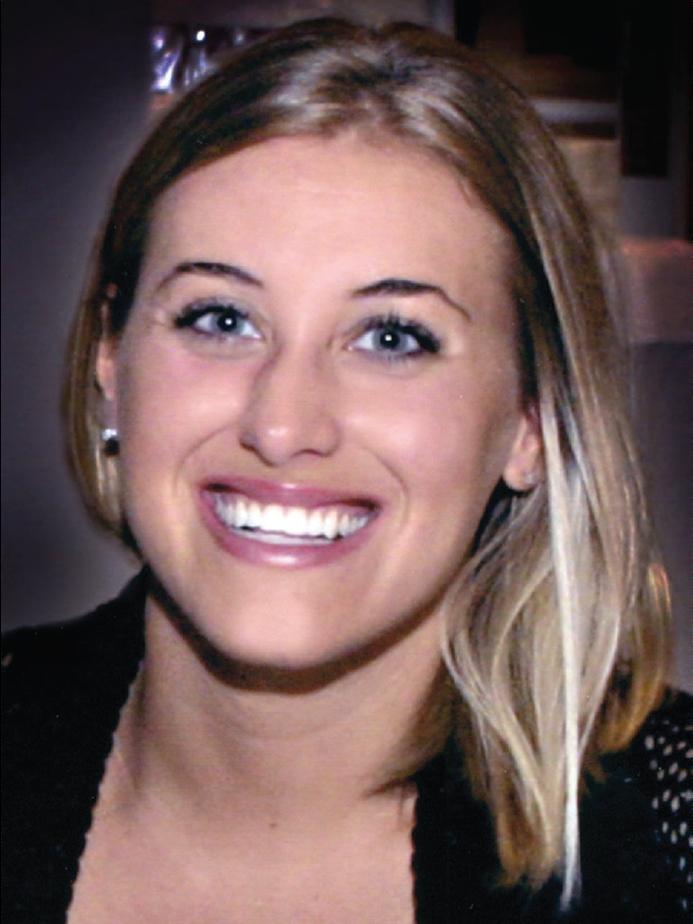Stalemate?
 Wednesday, April 13, 2011 at 2:52PM
Wednesday, April 13, 2011 at 2:52PM I have been a little under the weather lately, but in all honesty, I had planned on writing about the Frye hearings and how I believe the judge will rule and why. Now, with so much attention focused on the impending 48 Hours Mystery program that’s scheduled to run this Saturday night, I feel compelled to proffer my thoughts on the matter. On the show, a mock trial jury acquits Casey Anthony of first-degree murder.
I recently wrote about a motion filed by Cheney Mason that accused Judge Perry of bias in favor of the state. On Fool’s Mate, I explained how useless the motion was. In my opinion, it was a feeble attempt to intimidate another judge into stepping down and it failed miserably. Belvin Perry, Jr. is going nowhere until this trial is over, but once again, I see the defense testing the judge’s fortitude, determination and resolve.
Yesterday, Orlando attorney Richard Hornsby published a new article on his blog that focuses on one particular aspect of the CBS piece - whether Jose Baez may have inadvertently waived attorney/client privilege because of a jury consultant who aided the defense. At issue is whether he was paid or not, and if so, by whom. Did CBS pick up the tab? Will we ever know? I strongly encourage you to read it because it is the most brilliant essay to date on this very strange and convoluted saga.
Early on, when this case was still in its infancy, Jose Baez successfully argued against a State motion requesting the imposition of a gag (or suppression) order. That was way back in November 2008. Judge Strickland said he would issue one as the trial nears. A few months ago, Judge Perry said he would impose one, too, as the trial draws nigh. With less than a month to go, when does His Honor plan on ordering one? I can’t think of a better time than now.
The law.com Website’s legal dictionary describes a gag order as:
“a judge’s order prohibiting the attorneys and the parties to a pending lawsuit or criminal prosecution from talking to the media or the public about the case. The supposed intent is to prevent prejudice due to pre-trial publicity which would influence potential jurors. A gag order has the secondary purpose of preventing the lawyers from trying the case in the press and on television, and thus creating a public mood (which could get ugly) in favor of one party or the other. Based on the ‘freedom of the press’ provision of the First Amendment, the court cannot constitutionally restrict the media from printing or broadcasting information about the case, so the only way is to put a gag on the participants under the court’s control.”
What this means is that the judge is powerless to stop media from running stories about the case, but he can stop everyone directly involved (meaning attorneys) from talking or writing about it. This would include investigators on both sides of the aisle. While CBS or any other media outlet would not be bound by law to kill a story, the legal implications should, nominally, deter editors and news directors from publicizing further stories based on inside sources or whatever means are still available. At the same time, it would have no effect on information garnered prior to the order, like Saturday night’s program.
On May 9, Judge Perry and all counsel affiliated with Case No. 48-2008-CF-015606-O will assemble inside a courthouse outside of Orange County. Its sole mission? To pluck a jury of Casey’s peers, who will then sit in judgment of her the following week, in what many consider the trial of the 21st century; still quite young. The jury will come to Orange County, where it will be sequestered. If this proves to be problematic, the judge will attempt to seat a jury from home, and if all else fails, somewhere else - until the job is done. Right?
Well, there may be some complications that could, quite possibly, quagmire the will of the people of the great state of Florida.
In May of 2009, Jose Baez requested a change of venue. This is a legal term for moving a trial to a different location. In a high-profile case like this, it could be next to impossible to seat a fair and impartial local jury due to the widespread publicity in print and broadcast media. However, a judge has other options. He could deny the motion and remain at home, risking a retrial on a post-conviction appeal, or he could deny the motion and attempt to seat a jury from a demographically similar area. Since the Rodney King case, courts have focused on efforts to ensure that demographics from another community are as similar as possible to the demographics of the community in which the criminal offense allegedly occurred. Although it’s only a jury that will be brought to Orange County in order to save taxpayers millions of dollars, it’s intent is to satisfy all parties without any of the bias stirred by so much local publicity. That’s the goal, anyway, but I see something else… an ulterior motive by the defense.
Granted, the wheels of justice are not always round. In the United States, a defense has every right to utilize any and all means available to exonerate their client as long as they abide by the laws of the land; in this case, state statutes and rules of criminal procedure. During Casey’s trial, her defense won’t have to prove she didn’t murder her daughter, guilt falls squarely on the prosecution. Prove it, in other words. In the meantime, the defense can do what it wants to diffuse the charges brought against her, meaning it could try to taint a jury throughout the state until a gag order is in place. Is it fair? Of course not, but it’s not illegal, and appearing on TV isn’t, either. Is the defense taking advantage of the present situation? You bet, but in all sincerity, is it really all that sinister?
Let’s say the location of a potential jury is demographically similar to Orlando and Orange County. Let’s say this area, because of the similarities, has a daily newspaper like the Orlando Sentinel and the requisite network television affiliates, ABC, CBS, FOX and NBC, including independents and radio stations. We can pick anywhere in the state, like Miami or Tampa or Jacksonville or Tallahassee. Why not throw Ft. Myers into the mix?
Eenie, meenie, miney moe, pick a jury, friend or foe.
Okay, let’s say Tampa. No, I don’t have a clue, so don’t ask. The population of Hillsborough County is 1,229,226 according to the 2010 census. The population of Orange County is 1,145,956. For the sake of argument, that’s close enough. Tampa has its own newspaper, The Tampa Tribune, and lots of TV and radio stations. I’m not discussing whether it’s too close to Orlando or not because, as you shall soon see, it won’t matter.
One of the most prevalent aspects of today’s world is that we are very much a global community. What just took place in Peoria, Illinois can be read and seen within minutes of the story breaking. We live in a digital world, and news travels as quickly as thunder catches up to lightning. Not only do we have tons of reliable sources available, we have a more powerful tool today - the Internet. I remember when small town newspapers offered communities intimate coverage of what was going on in their respective neighborhoods. Dora Holsopple made pancakes for her grandchildren after church services on Sunday. Mildred Holcombe’s dog bit the paper boy, Teddy Harvey’s son. Roy Kronk found the skeletal remains of a missing toddler. Odds are, you heard about the last one as quickly as I did, whereas, 30 years ago, you may not have heard about it at all. In today’s society, it’s darn near impossible to plug up holes that spill news and gossip from just about anywhere. That leads me directly to Casey’s defense. Remember, Jose Baez & Co. can do whatever it takes to free their client as long as it’s within the confines of law. Playing dirty may be an issue to you or me, but all things are fair in love and war - in this case love being Casey’s innocence, whether she is or isn’t. And while the defense cries foul over leaked information pertaining to their client, they are more guilty of doing it than anyone or anything else. To me, it’s more of a risk because if a jury is eventually seated, which should be the case, the defense cannot base an appeal on what they, themselves, did from the start. To me, it’s a big gamble. So is Saturday night. To understand the full extent of what the program probably entails, we have to wait until then to watch it, but meanwhile, in its description of a mock trial, therightjury.com states:
“A mock trial is a more in depth, formal, and extensive focus group which also tests the effect of opening and closing statements on the jury. In a mock trial, jurors will be exposed to opening statements, closing arguments, crucial witness testimony, and any evidence or demonstrative evidence which is important to the case. During mock trials, however, the attorneys play themselves, with one attorney from the firm playing the opponent and advocating accordingly. Should the attorney wish for his/her client and/or star/expert witness to be examined in front of the jurors, then the actual client and/or star/expert witness must be present.”
In Casey’s mock trial, she wasn’t present, but it seems so hypocritical, doesn’t it? While the defense complains about bad publicity, they go on national media exposés for the entire state to see. I strongly contend that they are doing their utmost best to taint a jury pool throughout the state for one reason only: to ensure that she will never be able to get a fair trial anywhere. God knows, media outlets are just about everywhere in Florida. So are antennas and cable channels. There’s also the Internet and satellite dishes. In my opinion, this defense knows exactly what it is doing. With so much at stake, Judge Perry said he would impose a suppression order before the trial begins. When? I say, the time is ripe. Slam the door shut! It’s getting stale. As much as I hate to see this sort of order coming for the sake of freedom of the press and what we are still allowed to disclose, there’s no better time than at the next hearing. This, on the precise Friday - one year ago - that Cheney Mason fired off a motion to dismiss the trial judge. Oh yes, I remember it well, but let’s not go there. It makes me gag.
 Dave Knechel | tagged
Dave Knechel | tagged  Richard Gabriel,
Richard Gabriel,  Rodney King,
Rodney King,  The Tampa Tribune | in
The Tampa Tribune | in  Casey Anthony,
Casey Anthony,  Caylee Anthony,
Caylee Anthony,  Cheney Mason,
Cheney Mason,  Chief Judge Belvin Perry,
Chief Judge Belvin Perry,  Dave Knechel,
Dave Knechel,  David B. Knechel,
David B. Knechel,  David Knechel,
David Knechel,  Freedom of Speech,
Freedom of Speech,  Human Interest,
Human Interest,  Jose Baez,
Jose Baez,  Judge Stan Strickland,
Judge Stan Strickland,  Marinade Dave,
Marinade Dave,  Marinade Dave Knechel,
Marinade Dave Knechel,  Marinade Dave’s Caylee Anthony Posts,
Marinade Dave’s Caylee Anthony Posts,  Orlando Sentinel,
Orlando Sentinel,  Richard Hornsby,
Richard Hornsby,  Roy Kronk,
Roy Kronk,  marinadedave |
marinadedave | 













 LEGAL NOTICE
©David B. Knechel. All Rights Reserved. No portion of this site can be reproduced in it's entirety or in part without expressed written permission by the owner/administrator of this site in accordance with the Digital Millennium Copyright Act. Section 512(c)(3) of the U.S. Copyright Act, 17 U.S.C. §512(c)(3). The charges against defendants are mere accusations and the subjects are presumed innocent until found guilty in a court of law.
LEGAL NOTICE
©David B. Knechel. All Rights Reserved. No portion of this site can be reproduced in it's entirety or in part without expressed written permission by the owner/administrator of this site in accordance with the Digital Millennium Copyright Act. Section 512(c)(3) of the U.S. Copyright Act, 17 U.S.C. §512(c)(3). The charges against defendants are mere accusations and the subjects are presumed innocent until found guilty in a court of law.
